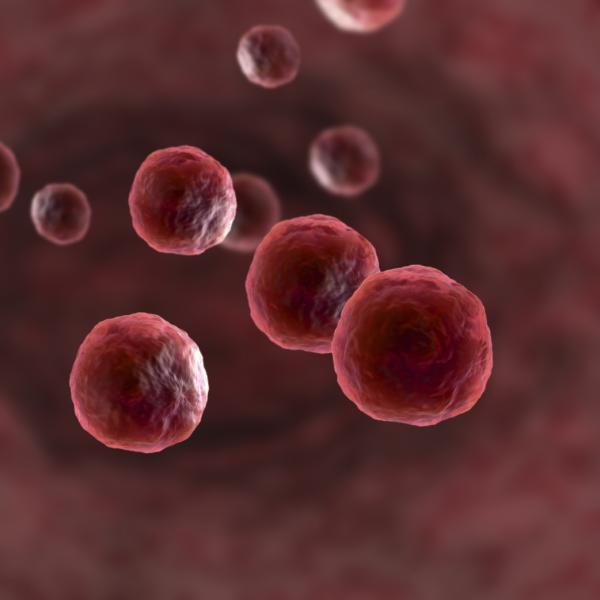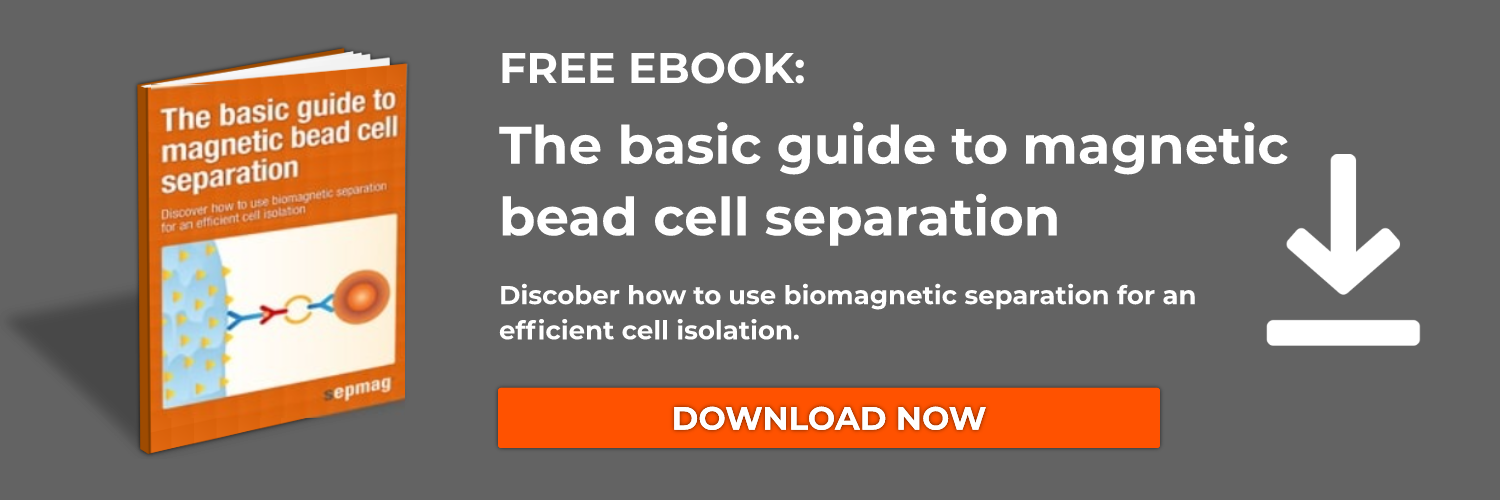Mechanical stimulation is an important aspect of bone metabolism and regeneration. A number of studies have highlighted the importance of mechanotransduction pathways in osteogenic mesenchymal stem cell (MSC) differentiation. Providing a mechanical stimulus can have a significant role in the outcome of regenerative treatments.
Applying a mechanical load to damaged bone, however, is not always feasible. A recent study published in “Stem Cells Translational Medicine” describes a novel procedure for such cases. The protocol makes use of superparamagnetic nanoparticles to remotely induce mechanotransduction.
Using magnetic nanoparticles to activate mechanotransduction pathways
By targeting magnetic nanoparticles to cell-surface mechanosensors, researchers sought to deliver a stimulus to directly activate mechanotransduction pathways. Magnetic nanoparticles were labeled with either Arg-Gly-Asp (RGD) tripeptide or TREK1-Ab, targeting particles to mechanically gated receptors, i.e., integrin RGD-binding domains and TREK1 stretch-activated ion channels, respectively.
An oscillating magnetic field was applied, yielding a force of 4 pN per nanoparticle. Bound nanoparticles transferred the force generated by the external magnetic field to the stem cells via the receptors or ion channels to which they were attached, thus inducing mechanotransduction pathways. The result was propagation of the stimulus without the associated application of mechanical stress.
Stimulating bone growth
Researchers demonstrated the principles of their technique in vitro utilizing chicken fetal femurs and collagen hydrogels. MSCs labeled with magnetic nanoparticles were delivered to the femur by microinjection. MSCs receiving mechanical stimuli via bound nanoparticles showed increased bone formation in comparison with unlabeled MSCs. Similarly, collagen hydrogels seeded with nanoparticle-labeled cells displayed increases in both volume and density, and significantly more mineralization than hydrogels seeded with unlabeled cells.
Combining mechanotransduction with the sustained release of bone morphogenetic protein 2 (BMP2) delivered by bioresorbable polymer microparticles resulted in an even greater increase in bone formation than that observed with either nanoparticle-mediated mechanotransduction or BMP2 alone. The microparticles, measuring 10–40 μm in diameter, were engineered to release BMP2 in controlled bursts over a number of days. The resulting synergistic effect underlines the potential for the procedure when combined with existing pharmacological therapies and other strategies for bone regeneration.
Researchers point out the range of possible MSC targets, both intra and extracellular, and the potential for controlling the applied stimulus by altering the magnetic field strength or the number and size of the magnetic particles. Future avenues of study will include investigating the result of stimulating additional mechanoreceptors, either alone or in combination with the sustained release of growth factors.
A full report of the study can be accessed online in the Stem Cells Translational Medicine site.
Related news:




